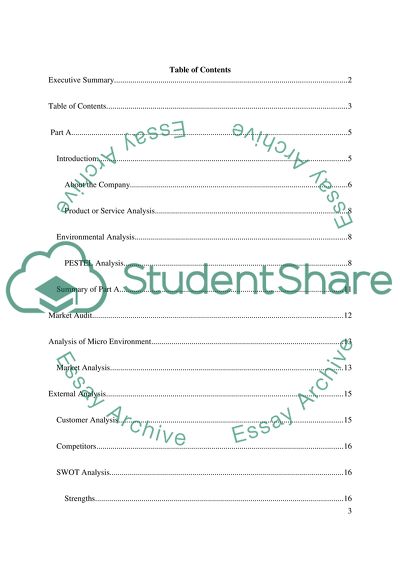Cite this document
(“International marketing plan strategy to pentrate new market Research Paper”, n.d.)
Retrieved from https://studentshare.org/family-consumer-science/1409742-international-marketing-plan-strategy-to-pentrate
Retrieved from https://studentshare.org/family-consumer-science/1409742-international-marketing-plan-strategy-to-pentrate
(International Marketing Plan Strategy to Pentrate New Market Research Paper)
https://studentshare.org/family-consumer-science/1409742-international-marketing-plan-strategy-to-pentrate.
https://studentshare.org/family-consumer-science/1409742-international-marketing-plan-strategy-to-pentrate.
“International Marketing Plan Strategy to Pentrate New Market Research Paper”, n.d. https://studentshare.org/family-consumer-science/1409742-international-marketing-plan-strategy-to-pentrate.


